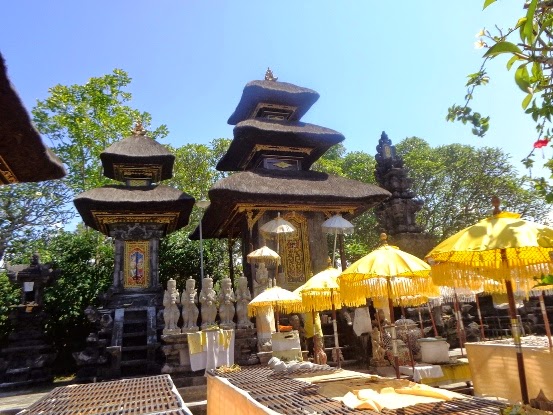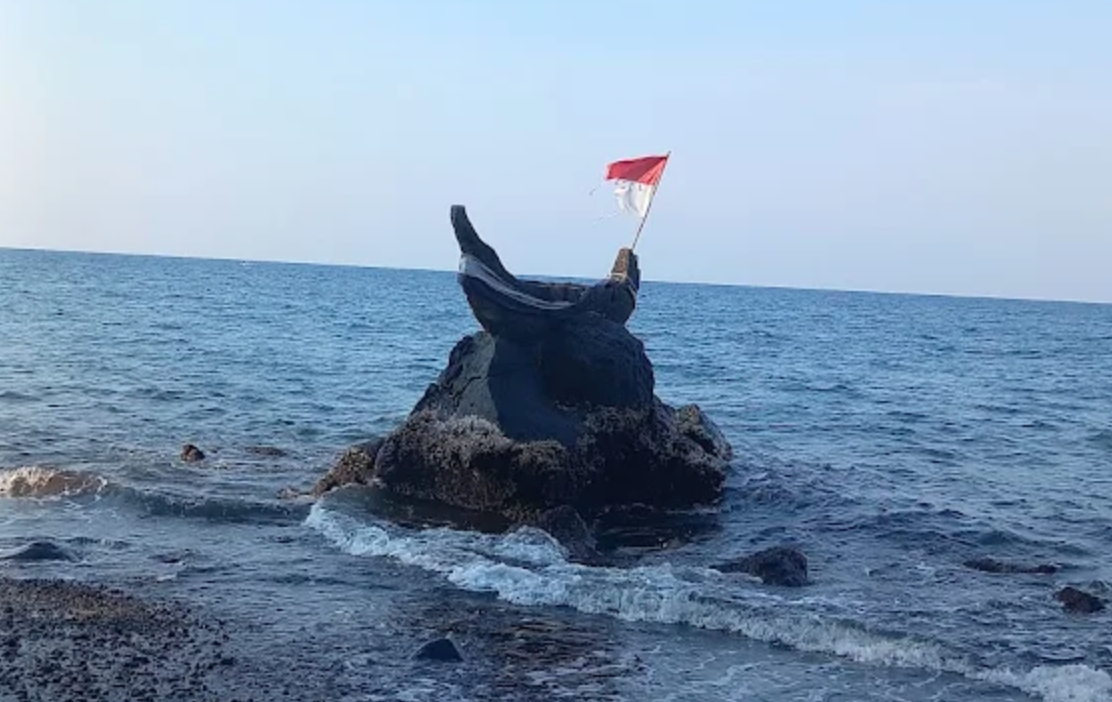Perched on a rocky hill overlooking the sea, Pura Luhur Silayukti stands as a silent guardian of Bali’s spiritual history. It rests east of Padangbai, Karangasem Regency, Bali, where the waves whisper ancient tales, and the wind carries the weight of forgotten prayers.
This temple is more than a sanctuary—it’s a testament to the life and legacy of Mpu Kuturan, the sage who shaped Bali’s religious identity nearly a thousand years ago.
Mpu Kuturan wasn’t just a man. He was an architect of faith, a spiritual reformer whose influence still pulses through the island’s veins.
His title, “Mpu Kuturan,” wasn’t a name—it was a mantle, a symbol of wisdom and authority.
The man behind it, Mpu Rajakerta, never married, never sought worldly pleasures. Instead, he chose devotion, pouring his life into temples and teachings.
They say he built Pura Besakih, the mother temple of Bali. But here, at Silayukti, he found something deeper.
This wasn’t just a place he built. It was a place where he meditated, where he let go of the world, and where he is believed to have achieved moksha—freedom from the cycle of life and death.
The temple isn’t just one shrine. It’s a cluster of sacred spaces, each carrying its own story. Walk its paths, and you’ll find three main temples, standing quiet and eternal.
- Pura Silayukti
This is the heart. Three courtyards—outer, middle, and inner—divide the space. Stone gates rise like sentinels, facing south and west. The highest shrine here is dedicated to Mpu Kuturan himself, standing tall, watching over the land he once walked.
- Pura Tanjung Sari
Follow the path, and you’ll reach this temple, set 100 meters from Silayukti. It faces west, toward the sea, and it holds another story—this one about Mpu Beradah, the younger brother of Mpu Kuturan. Legend says he journeyed here to visit his brother, resting on this very spot before continuing on.
- Pura Telaga Mas
Just 20 meters north of Silayukti lies Pura Telaga Mas, a modest temple, simple and unadorned. It’s said to mark the site of Mpu Kuturan’s bathing pool, a place where he once purified body and soul.
Every 210 days, Pura Luhur Silayukti comes alive. On Buda Kliwon Matal, devotees gather, their offerings fragrant, their prayers rising like smoke to the heavens.
They come not just for tradition, but for connection—to honor a sage whose spirit lingers in the air, quiet but unshakable.
Pura Luhur Silayukti isn’t just stone and history. It’s a reminder. Of devotion. Of purpose. Of a man who chose the eternal over the fleeting. Here, on this cliff where the land meets the sea, his spirit endures, calling out to those who seek something more.
It’s a place for those who listen. A place for those who remember. And maybe, for those who dare, a place to begin again. (BT)





